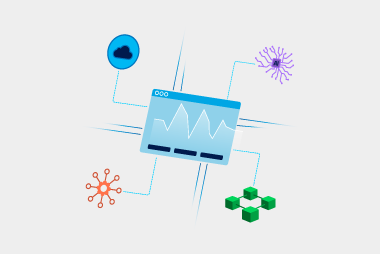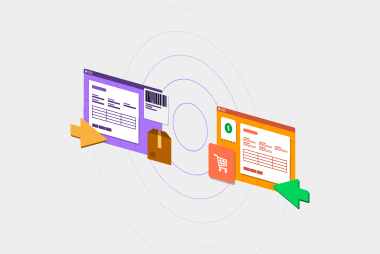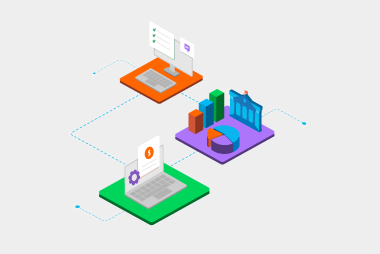In the current fast-paced business landscape, suppliers are continually seeking innovative ways to stay ahead of the curve. Electronic Data Interchange (EDI), a tried-and-tested technology, is undergoing a transformative evolution, opening new avenues for suppliers. We want to dive into the future of EDI, exploring emerging trends and technologies that are reshaping the way suppliers operate and collaborate in the digital age.
Blockchain integration: Reinventing trust and security
Blockchain technology is revolutionising EDI with its transparency. Suppliers integrating blockchain with EDI are ensuring secure, tamper-proof transactions. Blockchain can store and verify EDI transactions and provide additional features, such as audit trails, instant transaction tracking, reduced fraud and improved compliance through visibility of transactions.
Artificial Intelligence (AI) and Machine Learning (ML): Predictive insights and automation
AI and ML algorithms are transforming EDI data into actionable insights. Predictive analytics powered by AI can forecast demand patterns, optimises inventory management, and automates order processing. Suppliers leveraging these technologies can anticipate market trends and improve inventory turnover.
Internet of Things (IoT): Real-Time Visibility and Decision-Making
The IoT ecosystem is empowering suppliers with real-time data. IoT devices provide insights into product movement, storage conditions, and demand fluctuations. In EDI, this translates into accurate demand forecasting and streamlined logistics, enabling suppliers to make data-driven decisions promptly.
5G Connectivity: Unparalleled Speed and Reliability
With lightning-fast speed and low latency, Australian and New Zealand suppliers can exchange data almost instantaneously. Real-time order processing, quick inventory updates, and swift responses to customer queries become the norm. 5G connectivity ensures suppliers can keep track of their EDI whilst on the move easily and quickly.
EDI in the Cloud: Scalability and Flexibility
Cloud-based EDI solutions are becoming the norm. With scalable, pay-as-you-go models, suppliers can expand or contract their EDI systems based on demand. This flexibility ensures that suppliers can scale their operations seamlessly, meeting market demands without worrying about IT infrastructure constraints.
By integrating these advancements into your EDI strategies, EDI users aren’t merely keeping up; they’re redefining the future of their operations. The ability to process orders faster, respond to market changes in real-time, and provide immersive customer experiences positions you at the forefront of the industry. The future of EDI for Australian and New Zealand suppliers is not just about transactions; it’s about transformative, data-driven, and customer-focused experiences, paving the way for unparalleled success in the digital age.Want to learn more about how MessageXchange can help with your data integration needs? Ask our experts by getting in touch below.
Request a call
Chat with one of our experts
Just fill out your details below and we'll be in touch within one business day.


